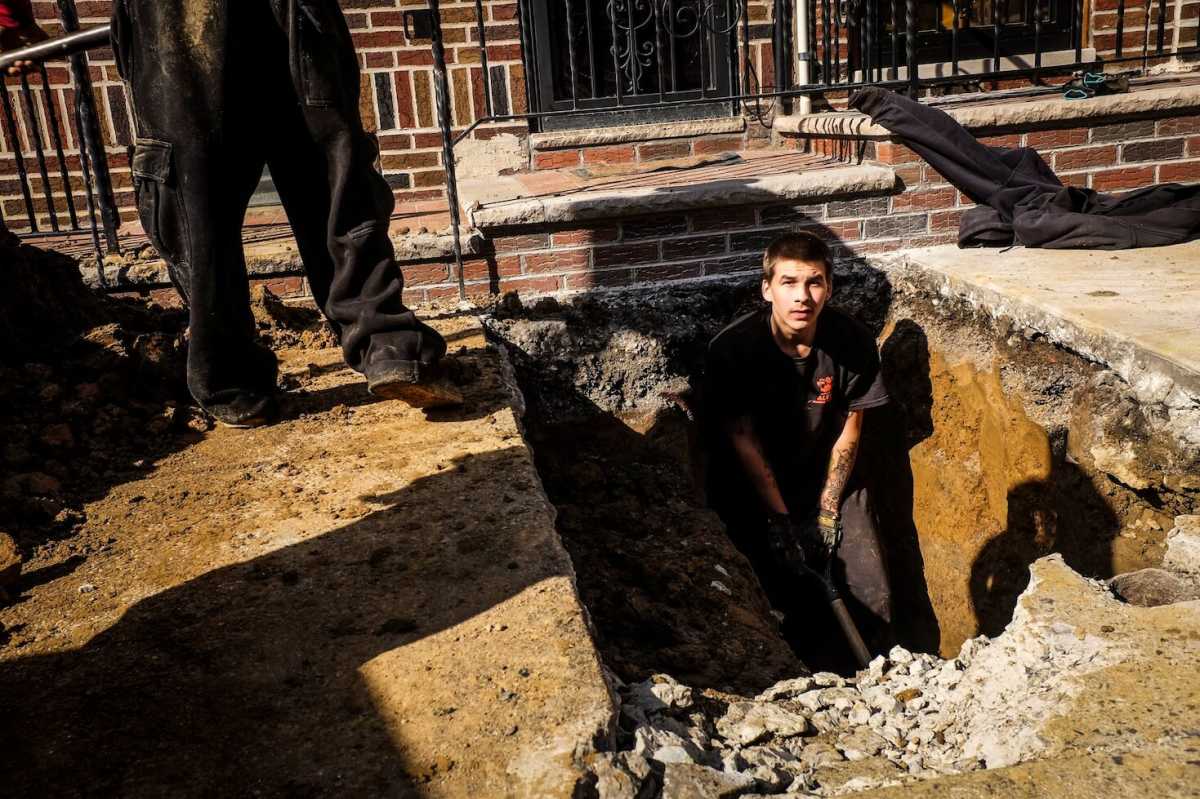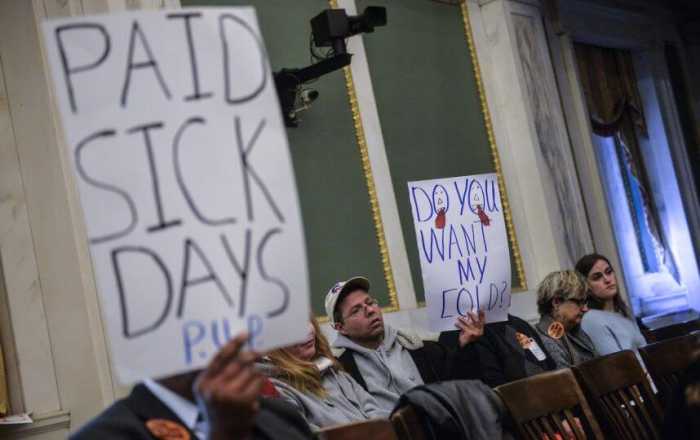Philadelphia Water Department Commissioner Debra McCarty lives in a home built in the19thcentury, which is still equipped with lead pipes.
So, every morning,McCartyruns her faucet for a few minutes to clear the water of any lead that may have gathered overnight before she drinks it, she testified at Monday at a City Council hearing on the lead levels Philly residents may find in their water. “I actually do have a lead service line… I run my water in the morning every day,” she testified.
But that seemed to contradict McCarty’s earlier testimony that “Philadelphia’s drinking water is lead-free.”
So which is it? Lead or no lead?
In the wake of the Flint water contamination crisis, Philadelphia City Council adopted a resolution to hold hearings concerning the Water Department’s best practices and what measures the city can take to prevent lead exposure of residents. RELATED:Report claims American cities employ ‘questionable’ tests for lead in water Research shows even small levels of lead in water can have many negative effects – from affecting the cognitive development of young children, to causing complications for pregnant woman.
According to McCarty and other officials, Philadelphia water transported along 3,200 miles of pipes from the Delaware and Schuylkill is clean – but old lead pipes in homes built before the 1950s, or old faucets and fixtures, can contaminate some residents’ drinking water. Water Department tests in 2014 found only five percent of Philly homes to have lead levels above the “action level” of 15 parts per billion.
“Philly Water is not the source of the contamination,” McCarty testified.
But clean water activists argued that they don’t believe the Water Department is meeting the standards of the Environmental Protection Agency’s Federal Lead and Copper Rule from 1992.
RELATED:Two arrested in Archbishop Ryan HS shooting
“I am frankly disgusted by the testimony of the Philadelphia Water Department and the misleading and the misdirection of the public we have heard here today,” said Paul Schwartz, a D.C.-based activist with the Coalition for Lead Free Water. “They are side-stepping the EPA’s regulations.” Schwartz said the Water Department “sidesteps” regulations by running taps and removing aerators (filters at the end of faucets that catch particulate matter like lead) before testing water, and doesn’t concentrate enough testing on high-risk, aged homes. The Water Department denied those charges – responding that tests of residents’ water require letting water stagnate for six hours before testing it, and that they did test high-risk homes, but could not force people to get their pipes tested. In 2014, only 134 homes out of 8,000 contacted by the Water Department agreed to lead testing, McCarty said. Councilwoman Cindy Bass, Chair of the Committee on Public Health and Human Services, questioned whether the Water Department bears no responsibility for what happens inside residents’ homes.
“It’s kind of like saying, ‘I fixed my end, I don’t need to do anything else.’ I don’t think that’s the right attitude.”
Moving forward, McCarty expressed an interest in pursuing more Water Department education programs to help residents figure out whether they have lead pipes and what they can do to reduce the risk of water contamination. The Water Department also wants to expand their program offering low- or zero-interest loans to homeowners who are seeking to replace aged pipes.
Meanwhile, the School District committed at the hearing to a full inventory of water fountains after testimony that some students have limited access to water fountains in their schools. Both the Water and Health departments committed to expanding lead testing in childcare centers. “When you deal with a really long-standing issue like lead, a problem that has been around for 50 years that deals with infrastructure, sometimes its hard to reawaken interest around this issue and get people thinking about new possibilities to move forward,” Councilwoman Helen Gym, chair of the Committee on Children and Youth, said after the hearing. “We have to move ahead and take some clear actionable steps. I’m hoping we can come together and focus on what those can be, and begin to see some changes in the city in the near future.”
Philly water quality questioned in wake of Flint lead crisis

Charles Mostoller




























